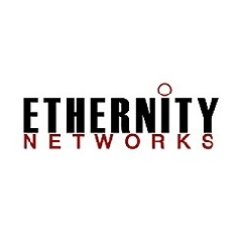While disaggregation has become standard in data centers and cloud networks, it has yet to penetrate fully at the network edge. There has been a separation of hardware and software vendors, leading to the usage of white box edge switches, but the complete revolution in disaggregating the hardware has yet to occur.
Worse yet, the network edge is exactly where disaggregation is most needed. With the standards and requirements of the edge still evolving, it is impossible to know today what will be required even a year from now, so perhaps the most important characteristics for operators to consider in selecting edge switching hardware should be agility and futureproofing. The one certainty at the edge is that the requirements will change, and yet, ASIC-based switch hardware, even in white box devices, cannot be upgraded to address new data plane functionality requirements.
Ethernity Networks Ltd (LON:ENET) is a leading provider of networking and security software solutions on Field Programmable Gate Arrays (FPGAs), incorporated into SoCs, SmartNICs, and network appliances. Ethernity was founded in 2004 and has its technology deployed in over 600K systems worldwide, connecting over 100M end users.


